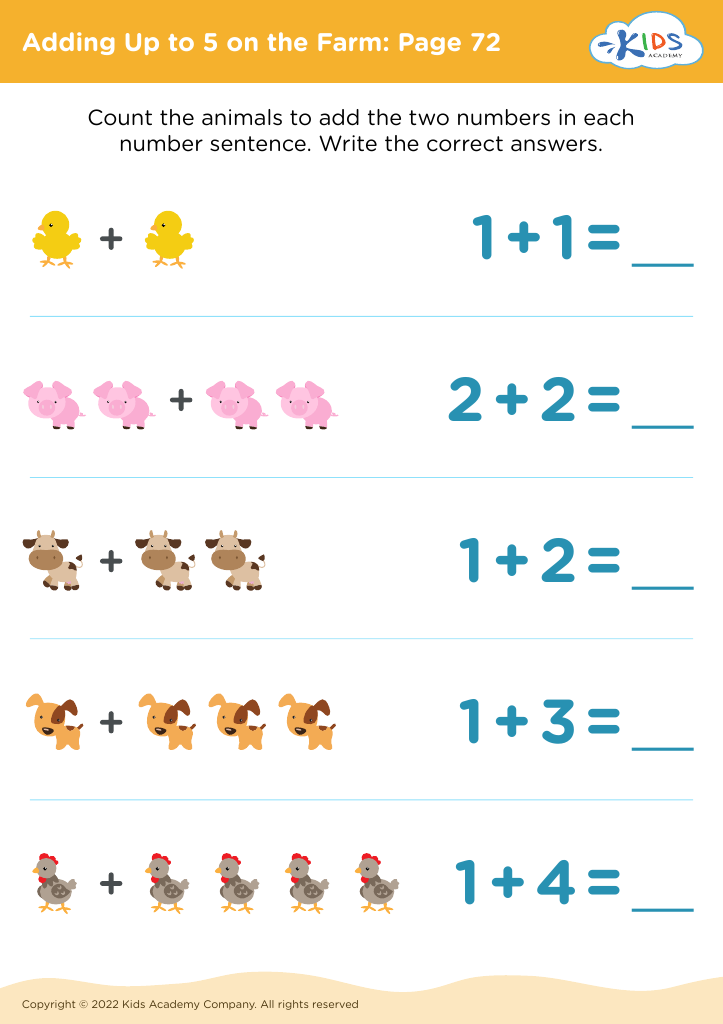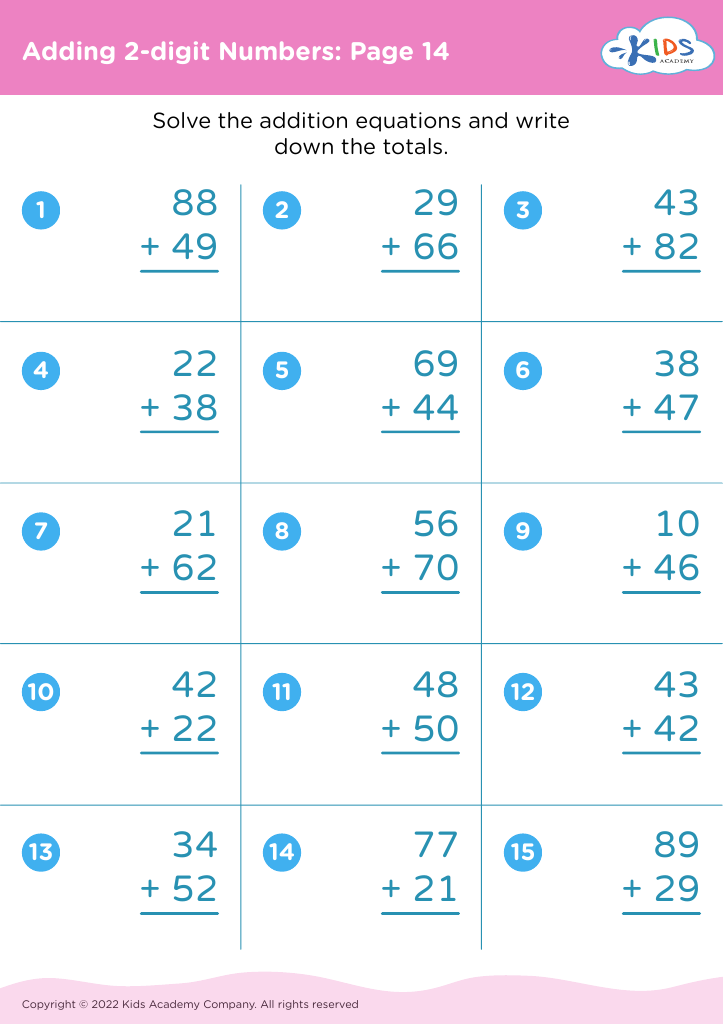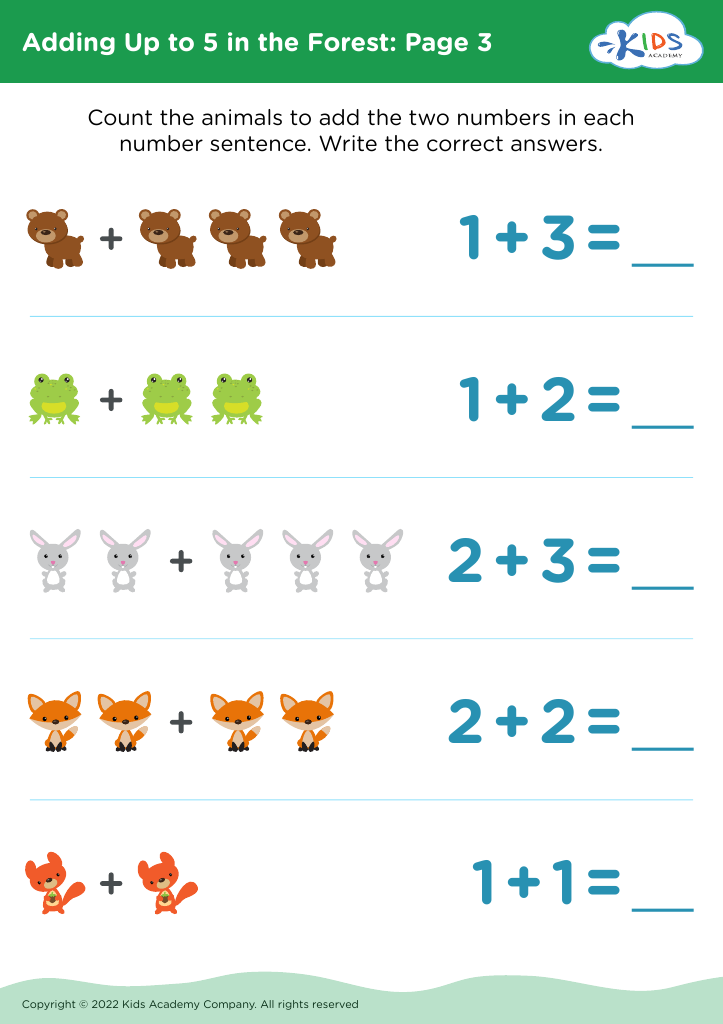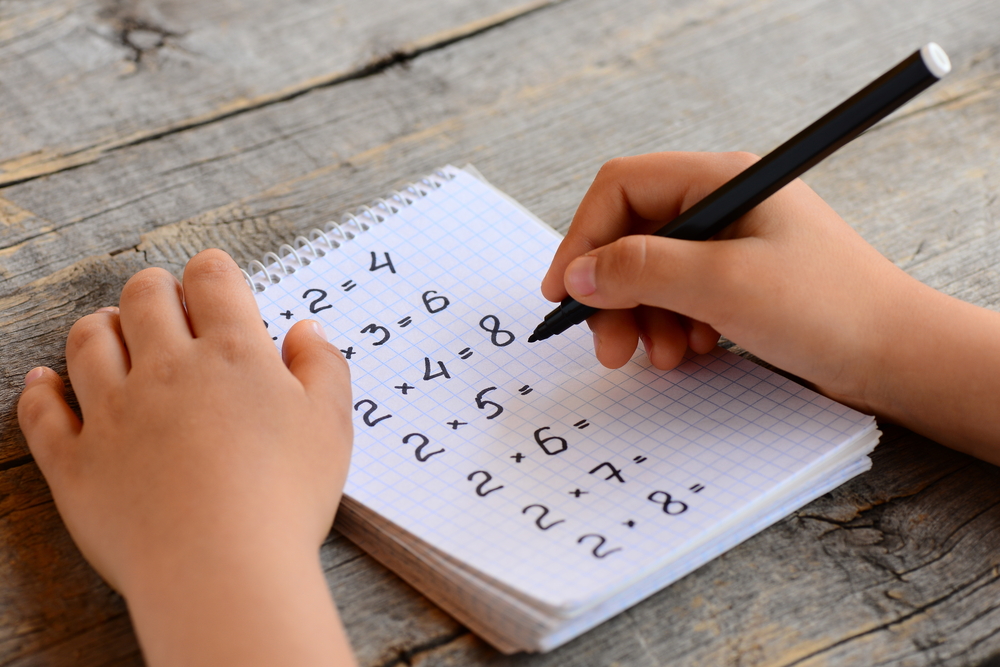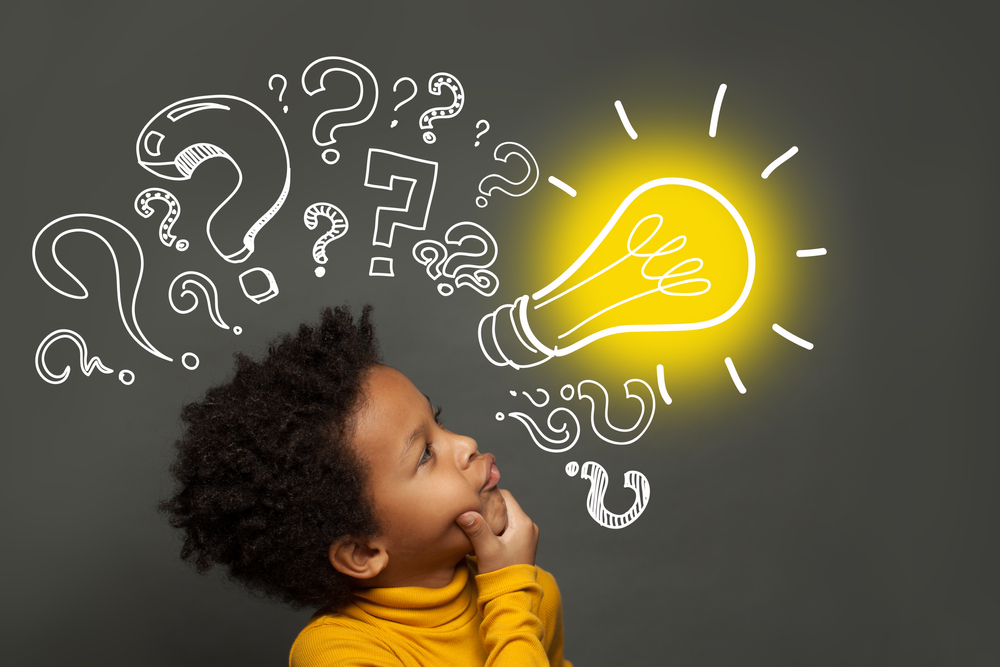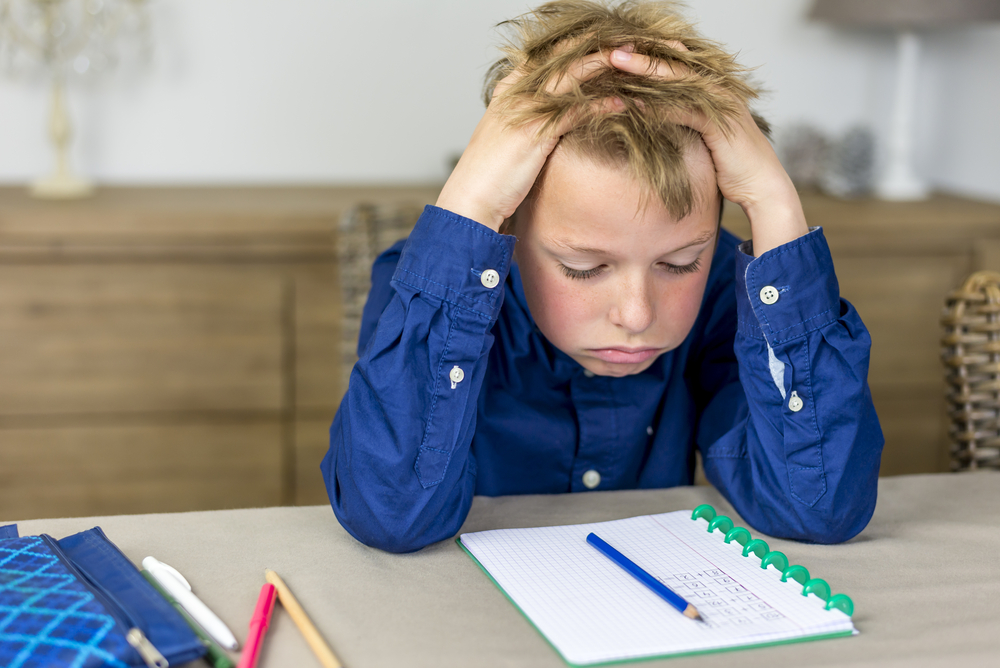Understanding equality Worksheets for Kids
7 filtered results
-
From - To
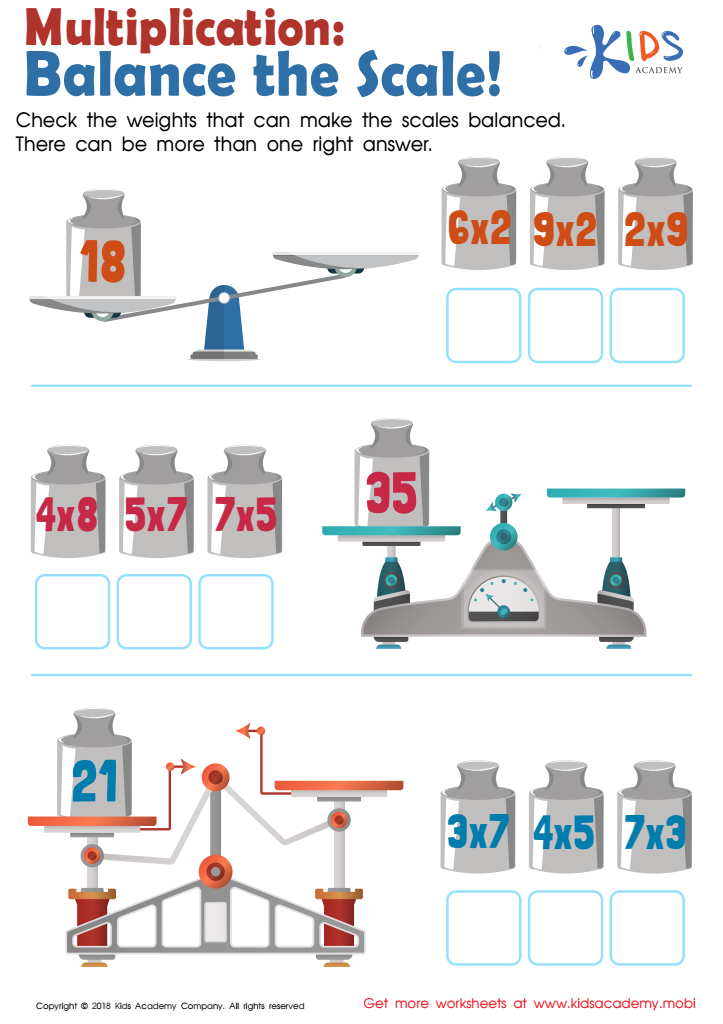

Balance the Scales Multiplication Worksheet
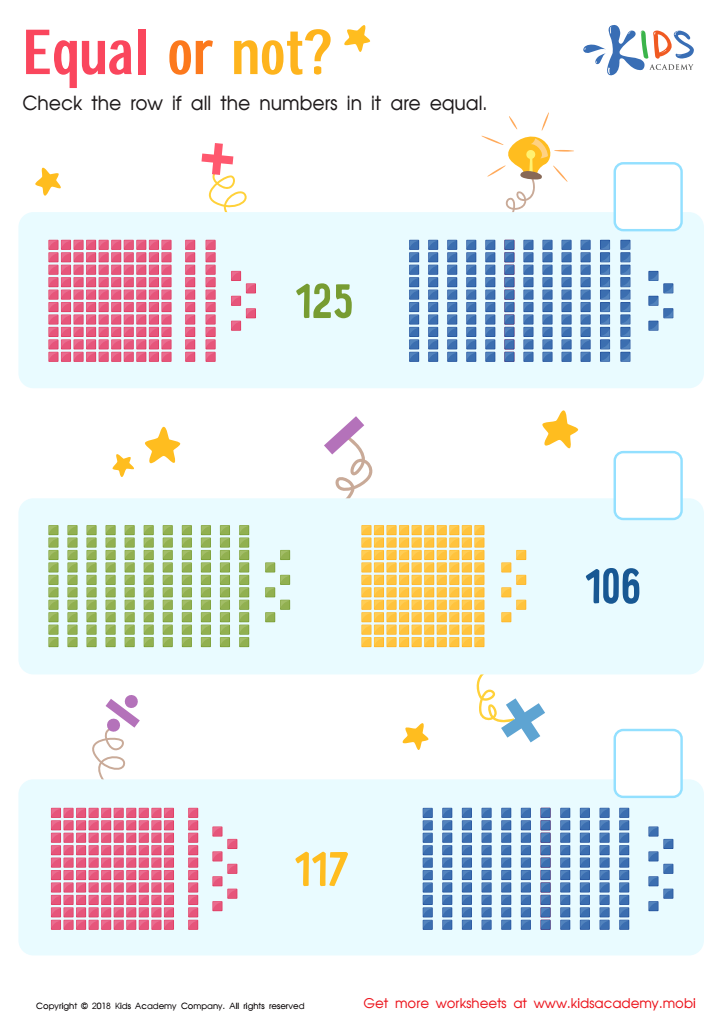

Equal or not Worksheet
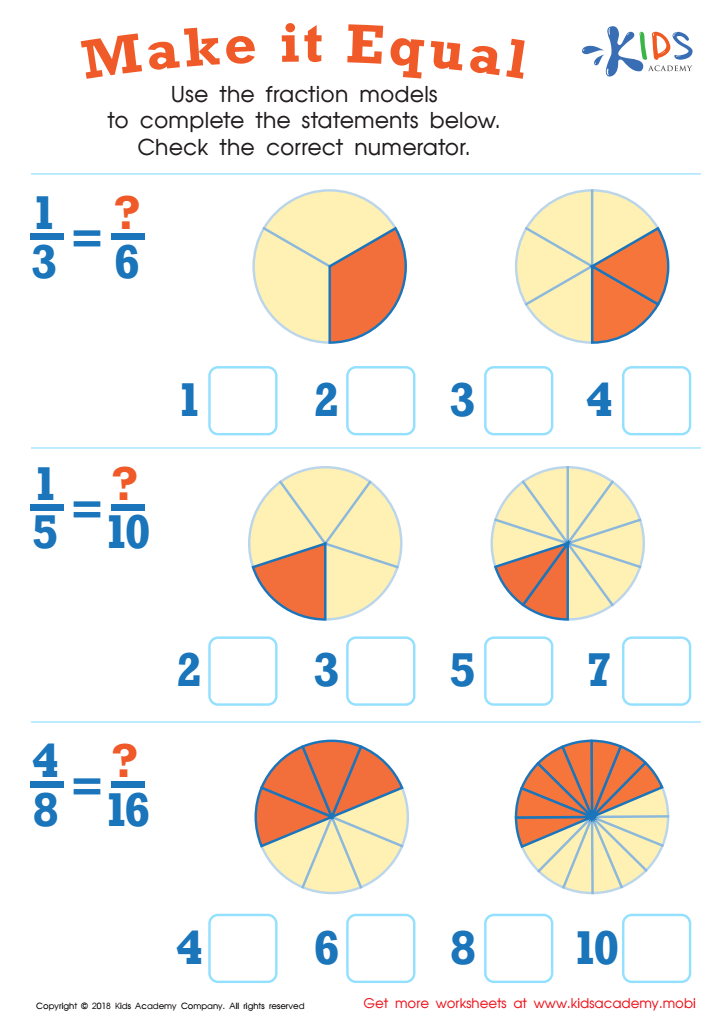

Make It Equal Worksheet
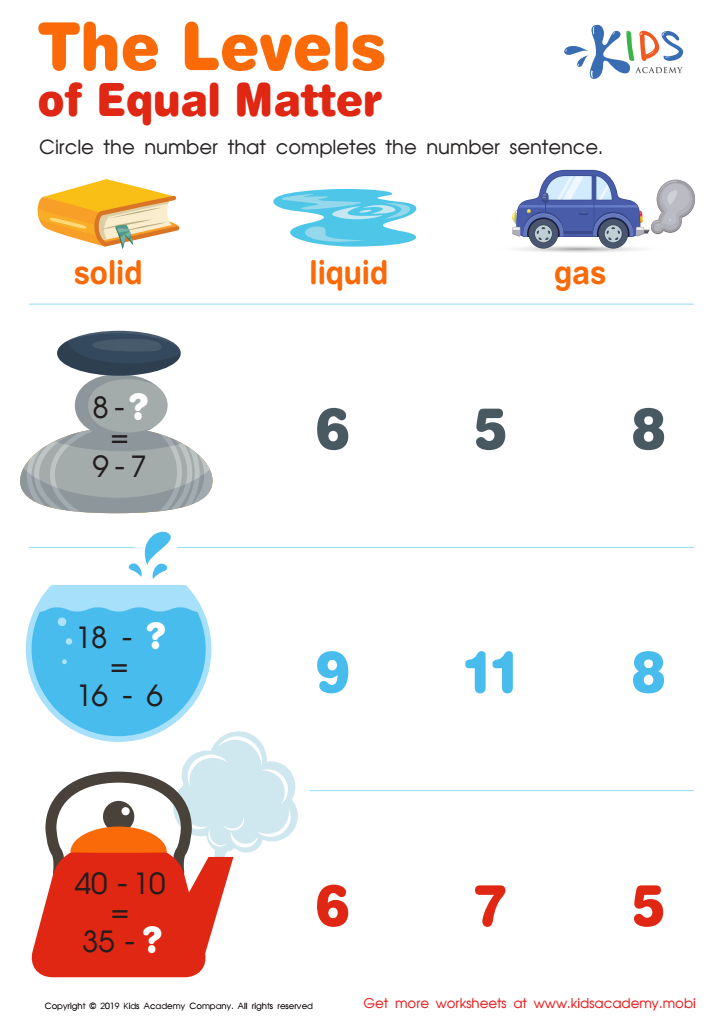

The Levels of Equal Matter Worksheet
Question/Answer
Why is the Understanding equality skill important for Preschool students?
The Understanding equality skill is crucial for preschool students because it lays the foundation for critical thinking, social awareness, and mathematical concepts. By grasping the idea of equality early on, children learn about fairness, respect for differences, and the basics of balance and equivalence, skills essential for their academic and personal development.
How does the mastery of the Understanding equality skill affect a student's performance at an early age?
Mastering the Understanding equality skill at an early age significantly enhances a student's mathematical foundation, improving their ability to recognize and apply the concept of equality in various mathematical operations. This foundational skill fosters a deeper comprehension of arithmetic, paving the way for more advanced mathematics learning and problem-solving capabilities, thereby positively affecting overall academic performance.
What does the Understanding equality skill mean when it comes to Preschool Adding in the Forest learning?
The Understanding Equality skill in the context of Preschool Adding in the Forest learning refers to teaching young children the concept of balance in equations. It involves helping them recognize that the values on both sides of an equals sign must be the same, laying the foundation for understanding addition and mathematical equality through engaging, forest-themed activities.

 Assign to the classroom
Assign to the classroom
